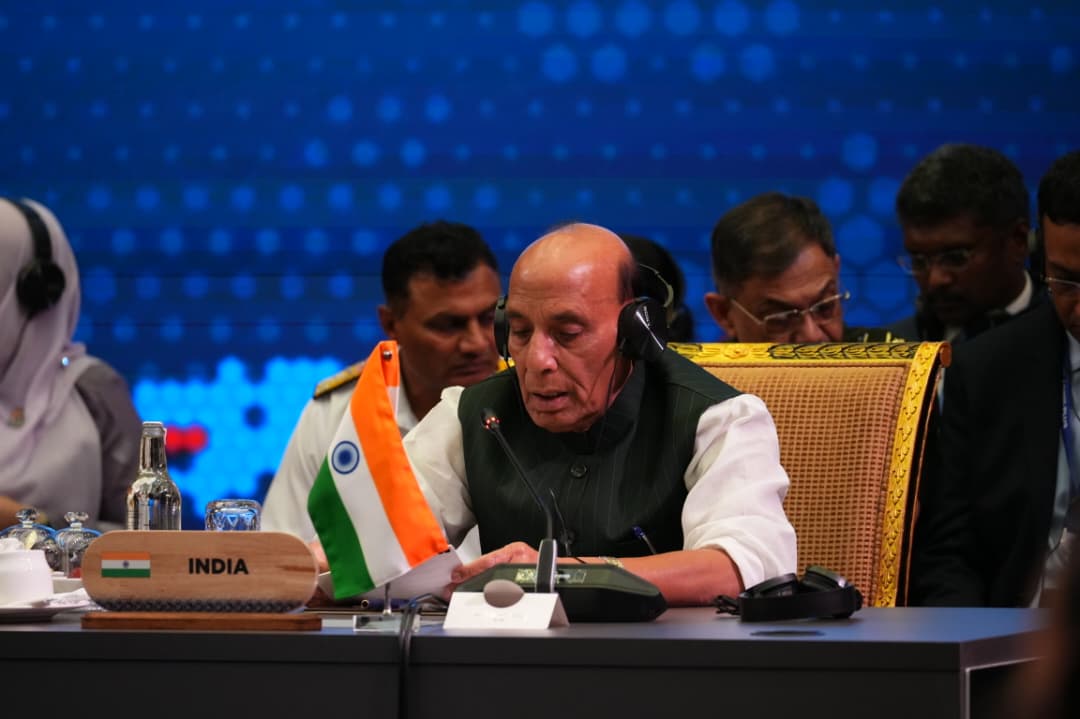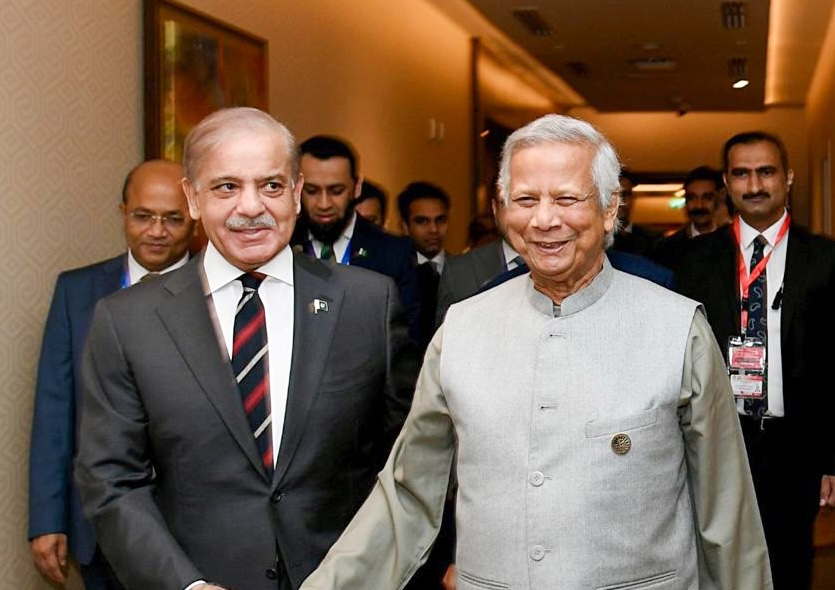Using a new approach called the CHIPS (connect–harness–innovate–protect–sustain) framework, the report benchmarked the scale and depth of India’s digital transformation with respect to G20 countries as well as for Indian states and UTs…reports Asian Lite News
xxxx
India now ranks as the third largest digitalised country among the G20 nations after US and China, when compared by the aggregate level of digitalisation, a new report showed on Friday, stressing that India’s global ranking significantly improves when the full spectrum and scale of digitalisation is taken into account.
Digitalisation has made dramatic progress but the way it is being measured globally has not.
Most global indices do not completely capture the path of digitalisation adopted by developing countries, according to the ‘State of India’s Digital Economy (SIDE) 2024’ report by the Indian Council for Research on International Economic Relations (ICRIER) and the global consumer internet group Prosus.
“The world does not still truly get how technology has weaved itself into the daily life of Indians, which to me, is the real digital economy. India is truly a digital native country — not just the young that are born to technology, but even the older population take to technology,” said Debjani Ghosh, President, Nasscom, while releasing the report here.
“When you think of the digital economy of India, you should think in terms of the lens of impact and livelihoods,” she added.
Using a new approach called the CHIPS (connect–harness–innovate–protect–sustain) framework, the report benchmarked the scale and depth of India’s digital transformation with respect to G20 countries as well as for Indian states and UTs.
This approach is better suited for developing countries like India as it captures both the opportunities and risks created by digitalisation.
Unlike global indices that focus entirely on the average user, it recognises the scale of the network and breadth of use of technology at the economy-wide level by proposing two separate indices — one to measure digitalisation at the economy-wide level and second at the user-level, the report by ICRIER-Prosus Centre for Internet and Digital Economy (IPCIDE) noted.

“There is a huge amount of work already done in terms of innovation, government support, financial access and skills. As an emerging economy India has truly leapfrogged into the digital age,” said Pramod Bhasin, Chairperson, ICRIER.
India has the world’s second largest internet network with more than 700 million users. It has also seen one of the fastest rollouts of 5G, after its launch in October 2022.
During its G20 presidency, India was recognised as a champion of using digital public infrastructures for large scale delivery of public services. It has issued more than 1.3 billion biometric IDs through the Aadhaar system.
More than 83 billion UPI transactions took place in India in FY2022-23, the highest volume of real-time digital payments for a country, followed by China and Brazil.
“By highlighting the latest thinking on India’s digital transformation and presenting a new approach to measuring digitalisation, the SIDE report can help Indian policymakers make informed decisions,” said Sehraj Singh, Managing Director, Prosus India.
62% of Enterprises Seek Third-Party AI Solutions
xxx
About 62 per cent of enterprises globally plan to rely on third-party providers for generative artificial intelligence (AI) solutions and enhanced technical capabilities, a new report said on Friday.
According to the report by the management consulting company Everest Group, supported by WNS Global Services, there is real transformative potential for gen AI in Customer Experience Management (CXM) operations across industries.
Gen AI’s capacity to create new content in a variety of formats (text, image, video, code and synthetic data), recognise patterns within data, and analyse data and content to deliver relevant insights has the potential to transform CXM processes.
The report discovered that there is a significant awareness of gen AI and its applications across text (75 per cent), code (62 per cent), and image generation (52 per cent) capabilities.
The report surveyed CXM, digital transformation, and innovation leaders from 200 companies across North America, the UK, Europe and Asia Pacific with annual revenues of more than $500 million.
More than 90 per cent of companies recognise its high potential in text generation, with about 70 per cent expressing confidence in its capabilities for code and image generation in CXM.
Enterprises all over the world are proactively investing significant resources in generative AI initiatives, conducting trial projects, and prioritising personnel upskilling to realise its full potential.
According to the report, a notable trend emerged as 14 per cent of firms plan to allocate between $5 to $10 million for gen AI technology within the next 12 to 18 months.
About 60 per cent of companies said that the main areas of help they expect from third-party providers are supporting in-house technical teams, aiding maintenance and troubleshooting activities, and supervising the functioning of gen AI solutions.
Moreover, the report mentioned that about 58 per cent of enterprises said they need significant strategic support from third-party providers in activities such as designing the gen AI adoption strategy and redesigning CXM processes and customer journeys to incorporate gen AI solutions.
However, 52 per cent said they leverage third-party providers to help implement privacy, security and regulatory compliance measures.
ALSO READ: SoftBank founder Masayoshi Son joins AI chip race














